After four rounds of talks on a new pay deal for Deutsche Bahn’s train drivers, the GDL union has said that it will call on its members to go on strike.
“We wanted to negotiate and reach an agreement, but Deutsche Bahn refused again,” said union boss Claus Weselsky.
The union has not said when the strikes are planned for, or which services will be hit.
However, as more people are travelling around Germany now as tourism opens up after the shutdown, it could be a major blow to domestic holidaymakers and businesses.
Deutsche Bahn claims that it offered the union a pay package equivalent to one that was agreed between the government and state employees last year. That agreement guaranteed a pay rise of 3.2 percent over 28 months.
Last September Deutsche Bahn agreed a pay increase of 1.5 percent with the much larger Rail and Transport Union, which represents some 215,000 of the company’s employees.
But the GDL, which has a reputation for hard-line negotiating, refused to take part in the talks.
The strikes come at a time when Deutsche Bahn’s services are just starting to recover after more than a year of restrictions due to the pandemic.
When the GDL last went on strike in 2015 Weselsky proved to be a tough negotiating partner, with drivers taking to the picket lines in a series of actions that stretched over several months.
The strikes six years ago culminated in the longest rail strike in German history – a six day walk out that brought chaos to the transport system and cost the economy an estimated half a billion euros.


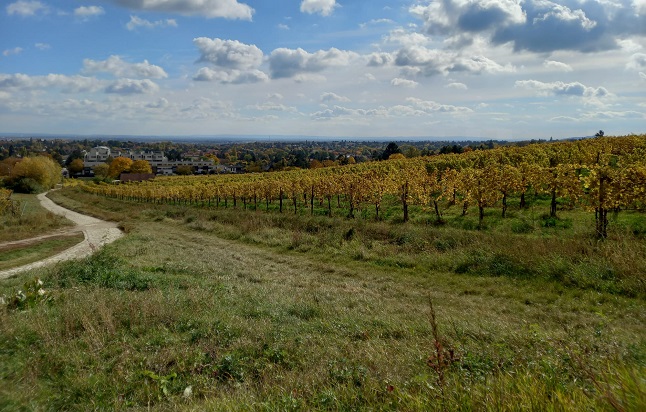
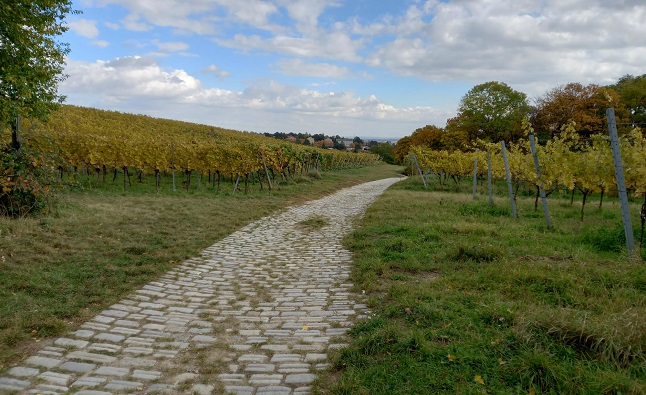
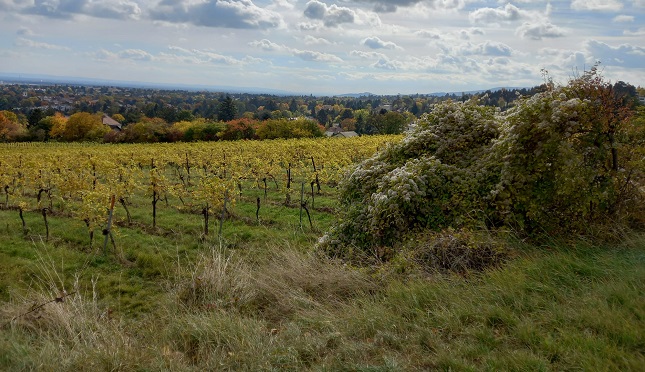
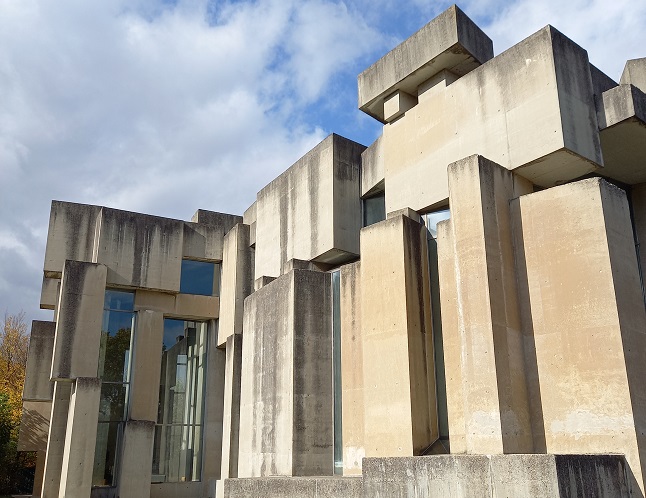
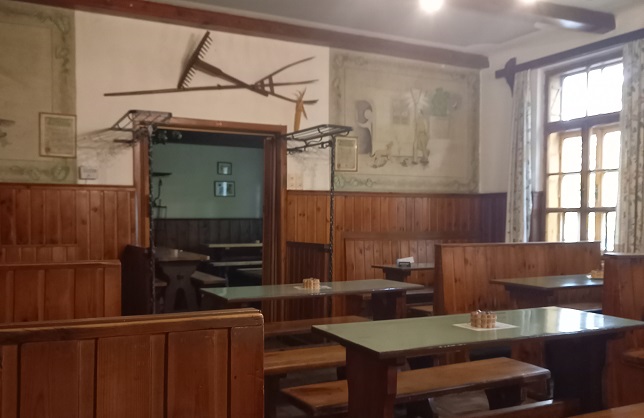
 Please whitelist us to continue reading.
Please whitelist us to continue reading.
Member comments